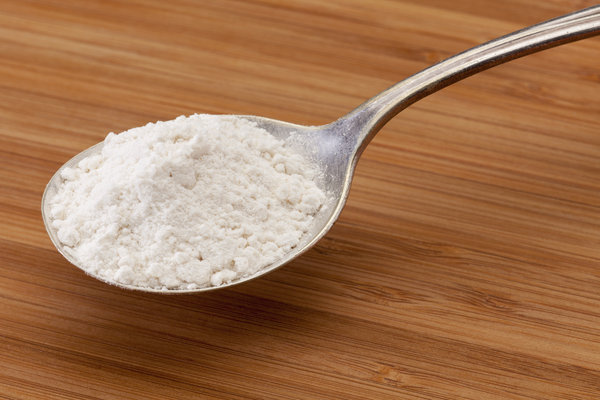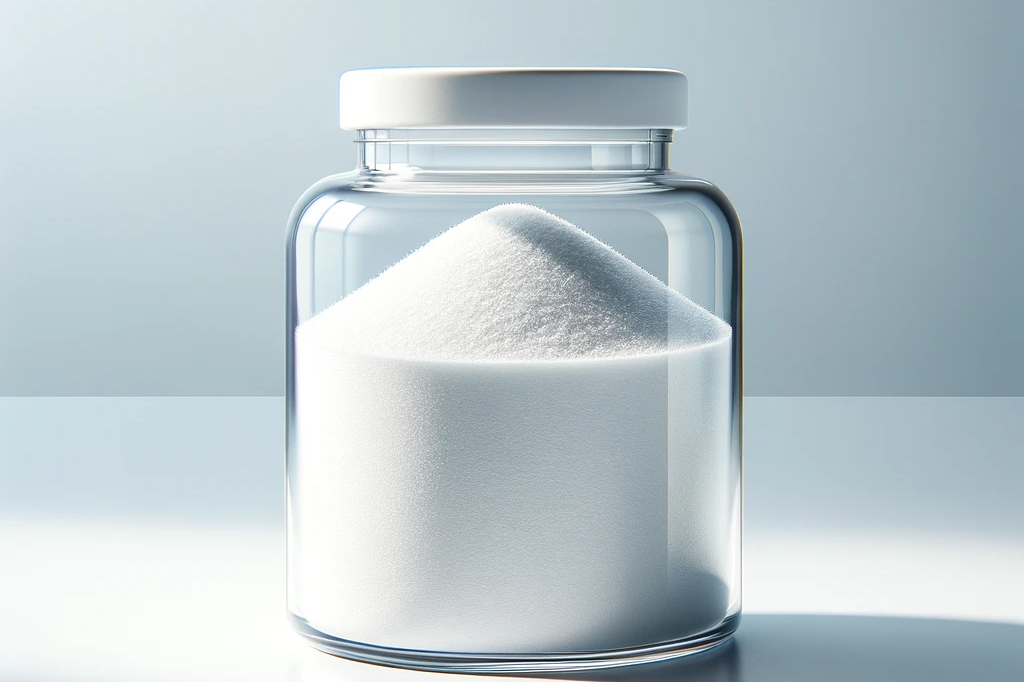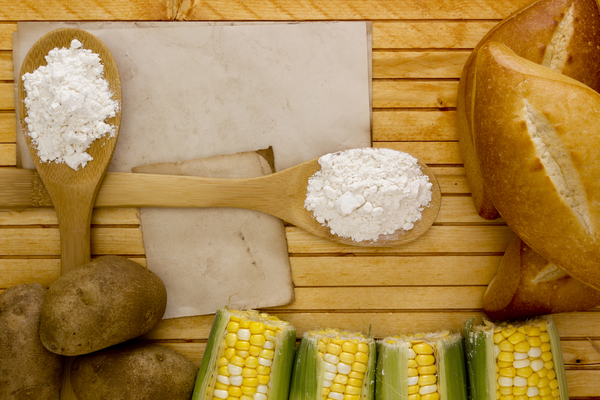Lignocellulose

What is lignocellulose?
Lignocellulose is a plant fiber that is mainly found in cereals, legumes and wood. It forms the cell wall of plant cells and gives them stability and strength. Lignocellulose consists of three main components:
- Cellulose: This is a long chain of glucose molecules linked by hydrogen bonds. Cellulose is the most common organic substance on earth and is used as a food source by many animals. However, dogs cannot digest cellulose as they lack the enzyme cellulase.
- Hemicellulose: This is a mixture of different sugar molecules that form shorter chains than cellulose. Hemicellulose is slightly more soluble than cellulose and can be partially broken down by bacteria in the large intestine.
- Lignin: This is a complex network of aromatic compounds that coat and stiffen the cellulose and hemicellulose fibers. Lignin is very resistant to enzymatic degradation and is considered indigestible.
Lignocellulose is therefore an indigestible dietary fiber, which is referred to as crude fiber in dog food. Crude fiber is an important component of a balanced diet for dogs, as it regulates digestion and increases the feeling of satiety.
How does lignocellulose work in dog food?
Lignocellulose has several positive effects on the health and well-being of dogs:
- Lignocellulose binds water in the gastrointestinal tract, causing it to swell. This increases the volume of the food and ensures that it remains in the stomach for longer. As a result, dogs feel full faster and for longer and consume less energy. This can help with weight reduction or weight control.
- Lignocellulose stimulates intestinal movement and promotes intestinal transit. This prevents constipation and improves the quality of the stool. The stool becomes softer but shaped and is easier to remove.
- Lignocellulose supports the intestinal flora by serving as food for the beneficial bacteria in the large intestine. These bacteria produce short-chain fatty acids that lower the pH value of the intestine and strengthen the immune system. They also bind harmful substances such as allergens or toxins and help to excrete them.
- Lignocellulose can stabilize blood sugar levels by slowing down the absorption of glucose from food. This can be beneficial for dogs with diabetes or insulin resistance.
What are the advantages and disadvantages of lignocellulose in dog food?
Lignocellulose in dog food has many health benefits for dogs, but also some disadvantages to be aware of:
- Advantages:
- Lignocellulose is a natural dietary fiber that contains no artificial additives.
- Lignocellulose is tasteless and is well accepted by most dogs.
- Lignocellulose can reduce food intake and energy digestibility, which is helpful for overweight or fast eaters.
- Lignocellulose can regulate digestion and improve fecal quality, which is useful for dogs with intestinal problems or food intolerances.
- Lignocellulose can promote intestinal flora and support the immune system, which is beneficial for dogs with allergies or infections.
- Lignocellulose can stabilize blood sugar levels, which is beneficial for dogs with diabetes or insulin resistance.
- Disadvantages:
- Lignocellulose is an indigestible fiber that provides no nutrients. It must therefore be combined with other high-quality ingredients in dog food to ensure a balanced diet.
- Lignocellulose can reduce the digestibility of other nutrients in the food, such as protein or fat. This can be problematic for dogs with high energy requirements or poor nutrient absorption.
- Lignocellulose can cause bloating or diarrhea if fed in excessive amounts or if the dog is not used to it. This can be unpleasant for dogs with a sensitive gastrointestinal system.
Lignocellulose is a natural dietary fiber found in many plant cells. It has positive effects on the health and well-being of dogs by regulating digestion, increasing the feeling of satiety, promoting intestinal flora and stabilizing blood sugar levels. However, lignocellulose in dog food also has some disadvantages, such as lower energy digestibility, reduced nutrient absorption or possible digestive problems. Therefore, the amount of lignocellulose in dog food should be adapted to the individual needs of the dog and attention should be paid to a balanced diet.
If you notice any signs of hypersensitivity or poisoning in your dog, you should see your vet immediately. We are not a substitute for a vet, but we try to be as accurate as possible. Every dog reacts differently and we recommend you get a second opinion or consult your vet if in doubt.
Stay healthy and take good care of your four-legged friend!😊
Similar to Lignocellulose
Cellulose is a carbohydrate that consists of many glucose molecules. It forms the cell walls of plants and gives them stability and strength. Cellulose is found both in food (e.g. in vegetables or...
Hemicellulose is a polysaccharide fiber and is an essential component of the cell walls of plants. In contrast to cellulose, which is a linear chain of glucose molecules, hemicellulose is a...
Starch has several advantages for the production and quality of dog food. On the one hand, starch is relatively cheap and can be used as a filler to increase the energy content of the food....
Pectin is a plant polysaccharide found in the cell walls of fruit and vegetables. It is a natural gelling agent that is released when fruit is cooked or frozen. Pectin is often used as an additive...



